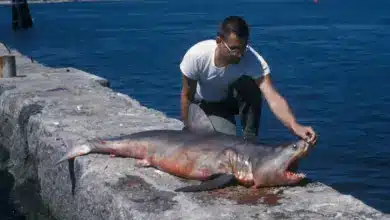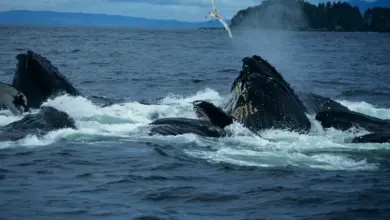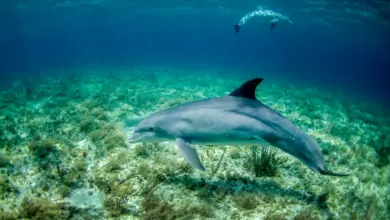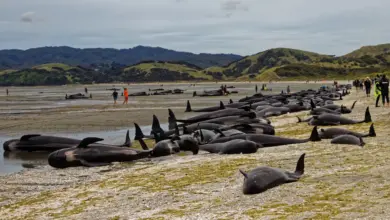Ban On Whaling May Be Lifted
Officials May Decide To Allow Commercial Whaling For The First Time In 25 Years. But That Might Be A Good Thing For The Whales
When the international body that governs whaling meets in Morocco next week, it may vote to lift a world-wide ban on whale hunting that has been in place for over 20 years. Many environmental groups are up in arms over the whale-hunting proposal that the International Whaling Commission (IWC) will be discussing, and which has the backing of the Obama administration, in spite of the fact that doing away with the moratorium could actually result in fewer whales being killed.
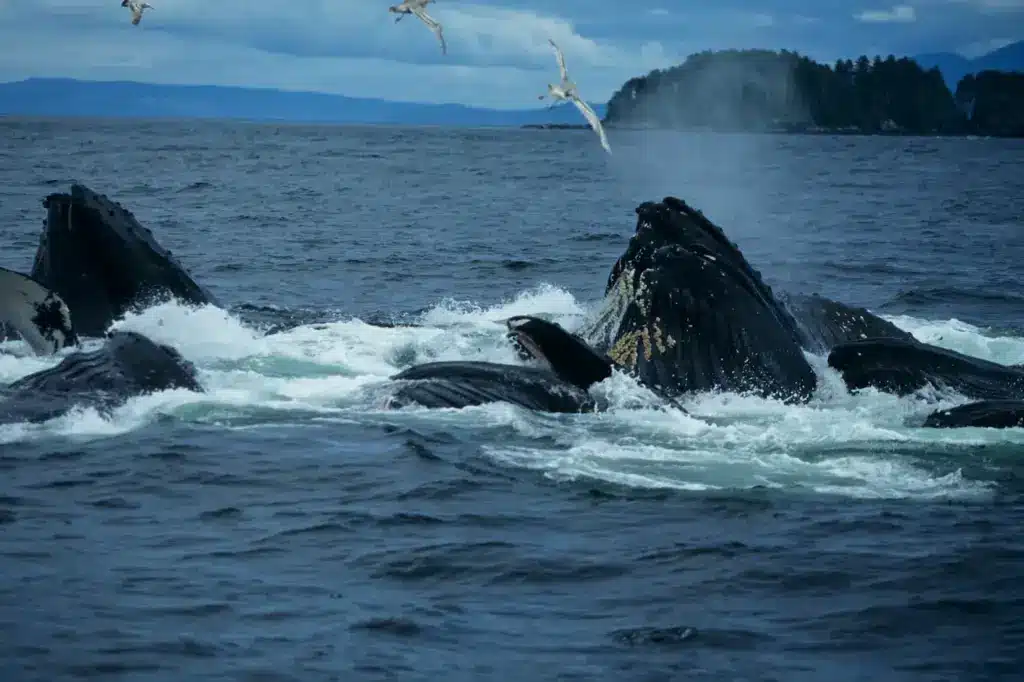
Currently, in spite of the whaling moratorium, around 2,000 whales a year are killed by whalers from Iceland, Norway and Japan. Iceland and Norway defy the ban outright, while Japan hunts whales by exploiting a loophole in the moratorium, which technically permits the killing of the large sea mammals for “scientific research” purposes. The whales killed for research are then sold as as food on the Japanese market.
The whale species currently targeted by hunters are not listed as Threatened or Endangered whales on the International Union for the Conservation of Nature (IUCN) Red List of Threatened Species. However, whales reproduce slowly, and whale conservationists are concerned that the hunting of any whale species, regardless of whether it is officially endangered, could significantly damage its population.
The US and some of the other IWC nations hope that by restoring the legal hunting of whales, the three remaining whaling nations can be drawn into an agreement under which annual whaling quotas will actually be lower—perhaps by as much as 50 percent—than the number currently being harvested.
“The idea would be to cap that whaling and to get it under the IWC’s control so that it can be monitored,” Monica Medina, US commission to the IWC, said in an interview with The Los Angeles Times.
A number of anti-whaling groups have reacted to the proposal with emotional language, and little discussion of its potential benefits. Greenpeace, for example, labeled President Barack Obama as a whale’s “public enemy number one” because of his administration’s support for a negotiated end to the moratorium.
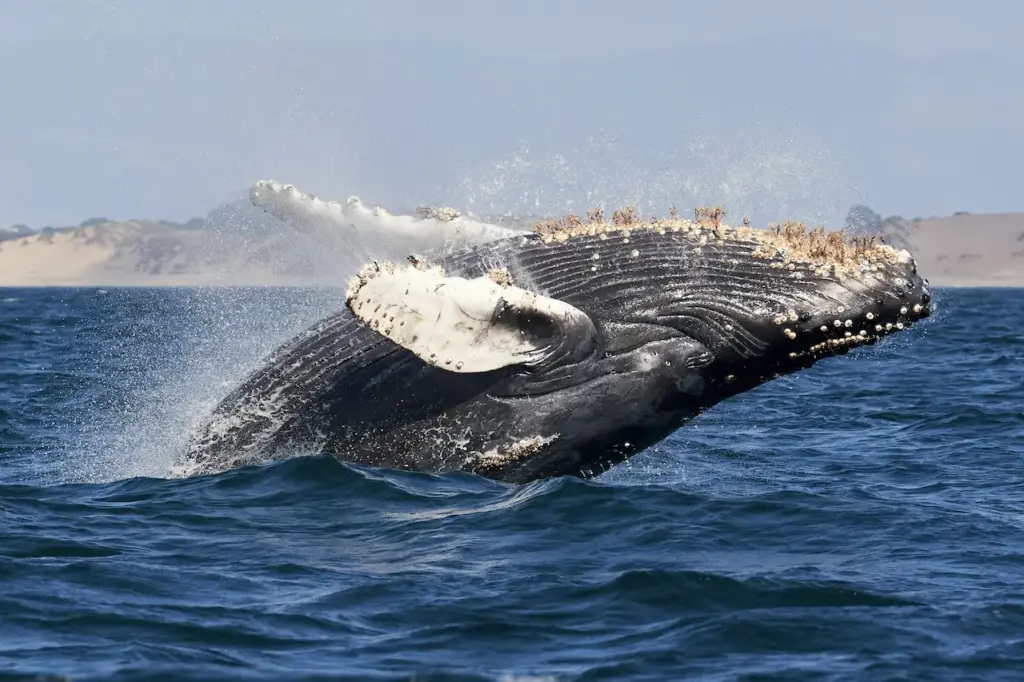
Most of the whales currently hunted by whalers are Minke whales, which are the smallest species of baleen whale. Baleen whales feed by straining small shrimp-like animals and other tiny sea creatures through tight screens of baleen that are set in rows at the fronts of their mouths. Many of the larger baleen whales, such as blue whales, right whales and humpback whales, were hunted almost to the point of extinction before commercial whaling was finally outlawed in the late 20th Century. Blue whales and Northern right whales continued to be listed as endangered on the IUCN Red List of Threatened Species.
The blue whale is the largest animal that has ever lived on earth. Minke whales are the most numerous of the baleen whales, with as many as a million individuals swimming the oceans worldwide. Until hunting of the larger baleen whale species was outlawed, Minkes were thought to be too small to be worth harvesting.
The Morocco IWC meeting is scheduled to run from June 21-25 in the City of Agadir.
